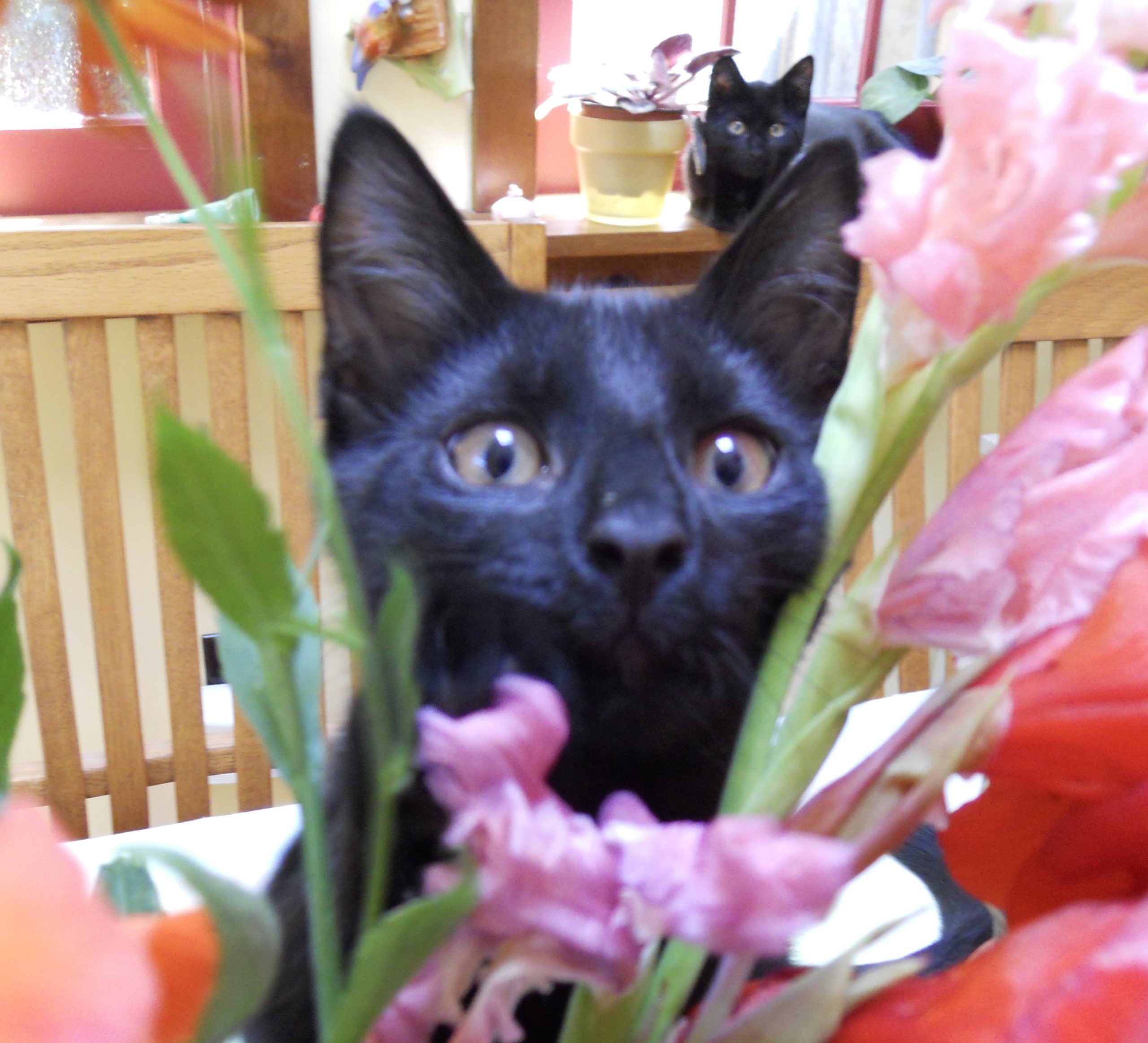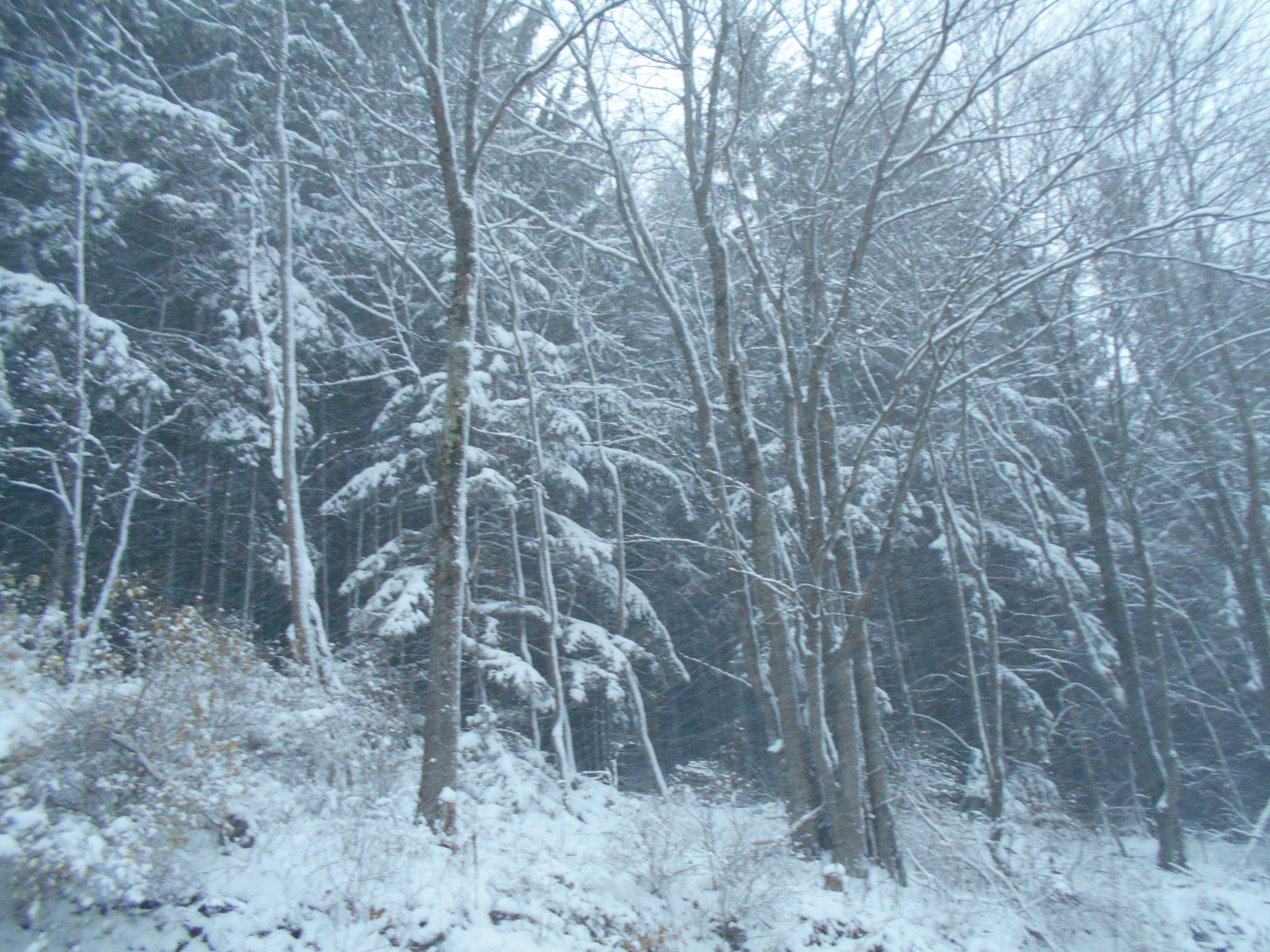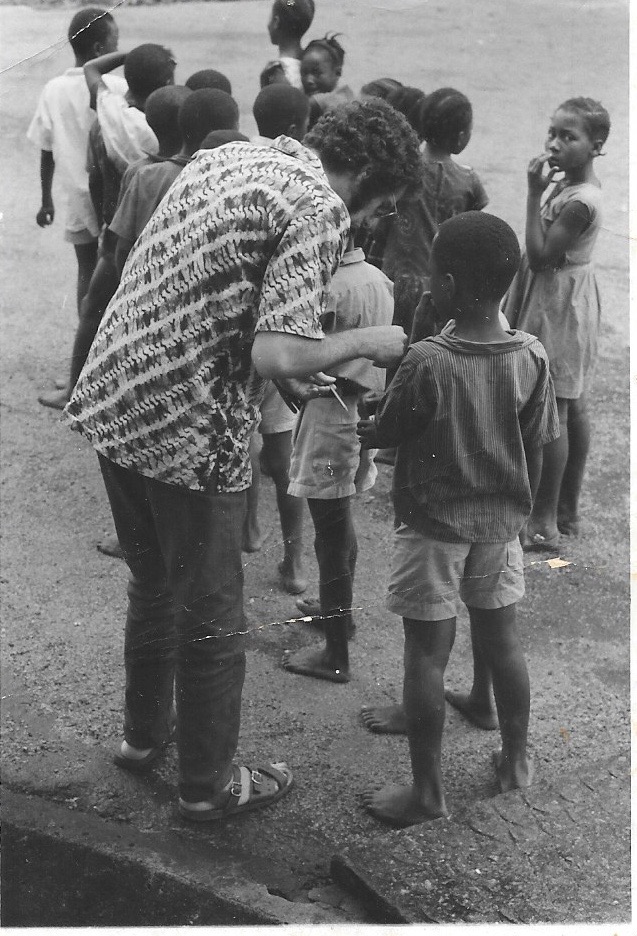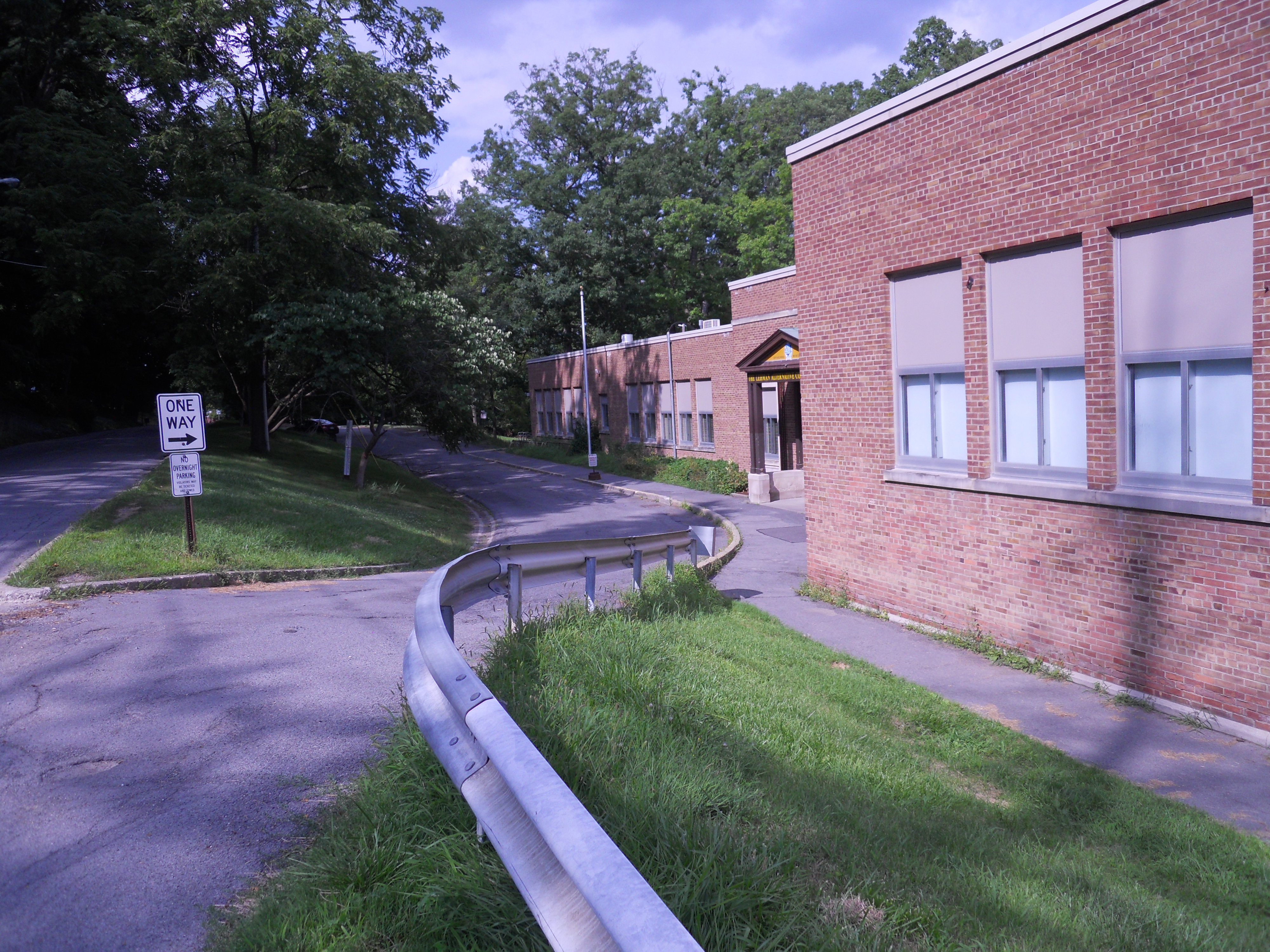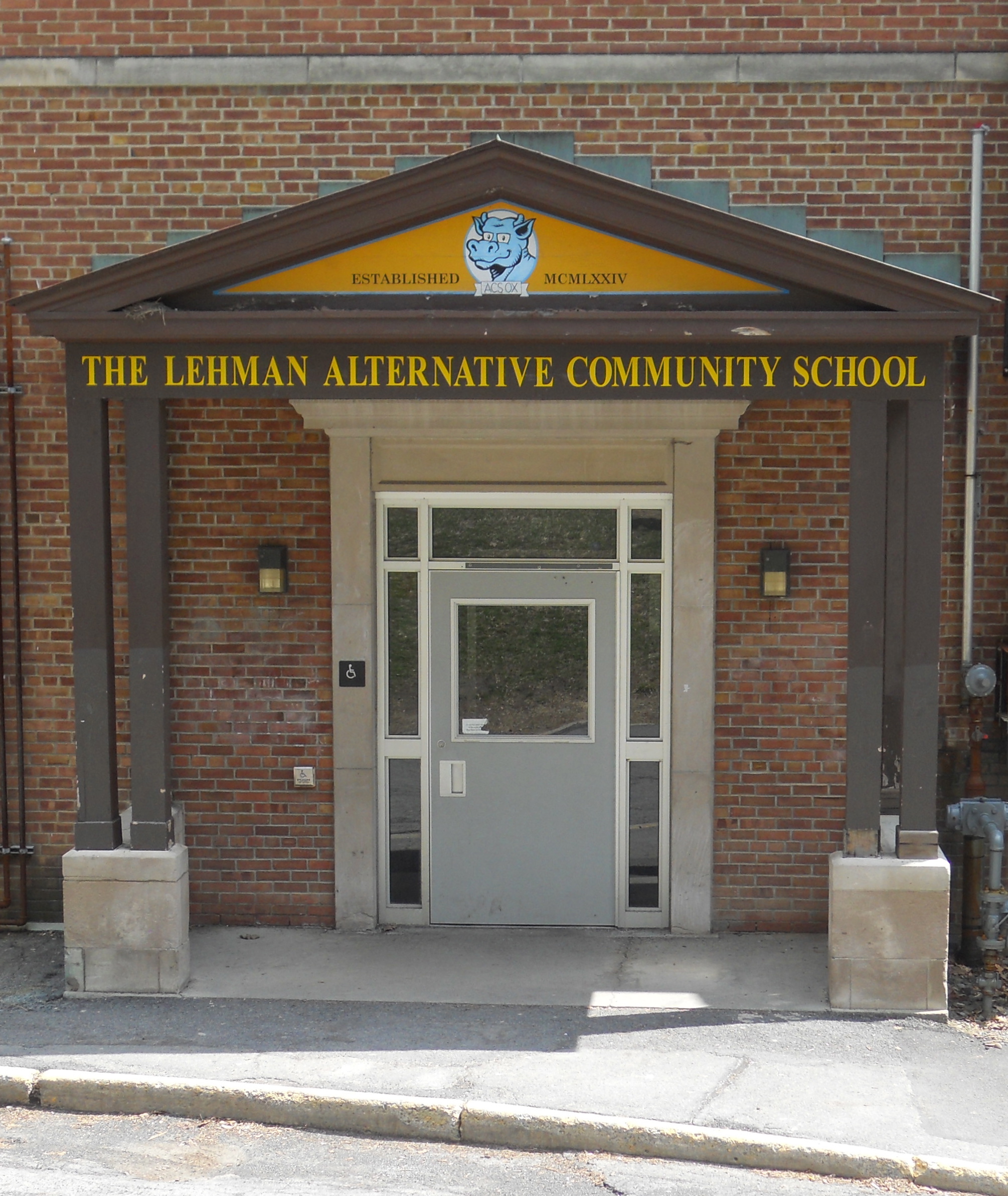The poet, Mary Oliver, wrote:
“Every morning
The world is created…
The heaped
ashes of the night
turn into leaves again
and fasten themselves to the high branches…”
It’s night and the world outside my window is so dark. There is no moon that I can see, and my house is surrounded by woods with no streetlights. But inside, I am lucky. There is another sort of light. My three cats sleep on the bed with me. Two are siblings. Tara, the female, sleeps with her head tucked in her brother’s belly. My wife is changing into sleep clothes.
Such trust is here, such vulnerability to each other, that I almost can’t believe it. We do more than keep each other company. We provide the most meaningful light. Together, we release the day and all tensions and questions. We let go of everything except for this moment that we share together. And with great extravagance, we will hopefully let go and sleep.
And in the morning… Even though it is still winter, and snow covers the ground, I am awakened early by bird calls. So many species of birds are calling at different volumes and qualities of sound that I feel the earth itself is speaking. Blue jays and crows cry the loudest. But there are also chickadees, woodpeckers, mourning doves, and cardinals. My wife is dressed. One cat is still sleeping. The other two are sitting by the picture window looking out. The light shines so brightly it almost hurts my eyes, until clouds pass overhead and dull it.
Each morning asks us the same question, whether we listen or not: what kind of world will we create today?…
To read the whole post, go to The Good Men Project.

